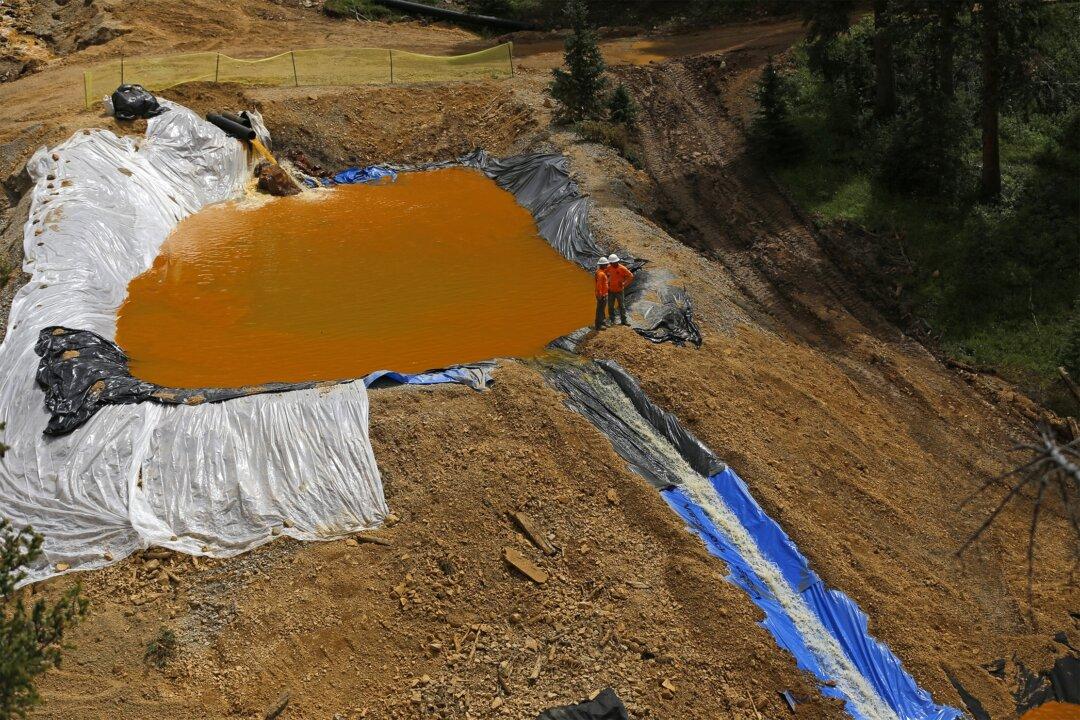The EPA is bracing itself for a barrage of potential lawsuits resulting from its bungled release of more than 3 million gallons of toxic wastewater into the Animas River from an abandoned Colorado gold mine. The agency implemented a claim process on Tuesday to navigate the large number of expected complaints.
Speaking with reporters at the scene of the spill on Tuesday morning, Aug. 11, EPA representative Hayes Griswold said an EPA cleanup team was attempting to remove material from the roof of the Gold King Mine on Aug. 5 in order to stick a pipe into the top for drainage, according to USA Today.
The crew accidentally removed too much material and dislodged the plug.
The spill traversed four states including New Mexico’s San Juan River, a primary water source for the Navajo Nation. Russell Begaye, president of the Navajo Nation and New Mexico Gov. Susana Martinez both announced their intentions to take legal action against the EPA, citing potential ongoing damages.





